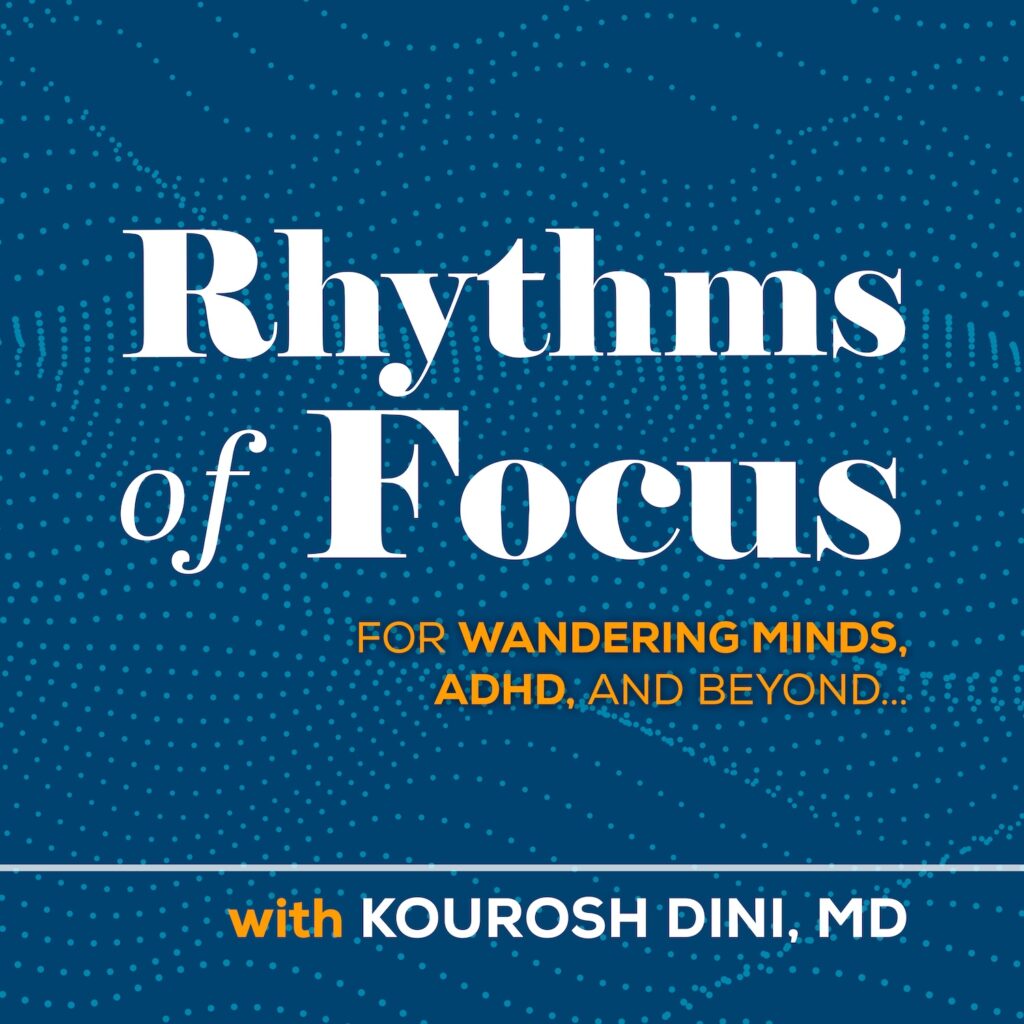The Seductive Power of Tools
Tools are powerful. They help us bring our visions to reality.
Turn a key, and a lock opens. Press play on a music app, and lovely noises come out. Ask an AI to write something, and words flow onto the screen.
As I write now with this powerful computer at hand, I marvel at humanity’s staggering ability to shape their environment, tools ever-evolving over time…
But their power can lull us into to the belief that they will do our internal work for us.
Consider those times in which you’ve declared “Inbox bankruptcy” where your lists become so burdened they become useless. Wasn’t there a temptation to look for just the right tool?
“Ah, this app breaks down your tasks for you – maybe that’s the key.”
“Or how about this one? I can color code, zoom in and out, and combine it with my calendar?”
“Oooh! This one holds my notes, links everywhere, and makes outlines!”
Every switch to a new app or system can feel like you’re making things happen, and maybe you are. But there’s often a whispering wonder,
“Could this be another dead end?”
What’s missing is not the tool. It’s the internal skills.
When dealing with our tasks, we are dealing with our intentions. Our intentions are rooted in meaning.
And, it does not get much more internal than that.
So we need to consider how to form these skills.
We do so by shaping our experiences over time. Namely, we practice.
On Practice
Practice is not something we just do.
If we simply do the same thing over and over, we don’t moving forward. We fall into mediocrity.
To practice well requires focused and deliberate exercise.
For example, when looking to play tennis, we might consider how to position ourselves, how to hold and shift the racket, where to hit the ball, where to keep our eyes, and more. Further practice brings them into a synchronized flowing motion.
And to better ourselves even further, we can render the flow into its components to practice their alchemy once again.
An Exercise for Our Intentions
But when it comes to our goals, intentions, and tasks – what are these exercises?
There are many, just as there are many exercises for tennis. But I’d like to bring your attention to one I’ve already mentioned, hidden in the example above.
After starting a new app, there is often a period where things do work. While they might inevitably fall apart, there is a brief reprieve during which you might feel on top of things, possibly because you are on top of things.
But what happened was not necessarily because of the app or tool.
Instead, it was because of at least two important practices:
- You created an empty space (in the form of a blank app, piece of paper, etc.)
- You acknowledged what was important to you now.
Imagine if you did that regularly with the tools you already have.
Certainly, there are many other matters to address, such as:
- How do you hold onto ideas over time?
- How do you wrap up and not get lost in a chaotic flow, where you lose sight of everything else?
- How do you avoid getting scattered?
- How do you keep a list useful over time?
- And many more.
Much like tennis, managing them is about finding the exercises that work for you, working them through as you find that synchrony.
But before closing, I would like to address perhaps one other wonder:
- How do I start exercising when I can’t get myself to do things regularly?
Like most practices, when you find something that genuinely works for you, genuinely connects with you, it’s no longer about having to force yourself. Next practice sessions, next ideas, and more become things you forward to.
– Kourosh
PS The Waves of Focus presents a gradually building set of exercises, workable from most any app, including pen and paper, to help you answer the questions above and many more.
Consider the following testimonial:
I’ve used WoF [Waves of Focus] for a couple days and what strikes me is that I subjectively feel that I’ve gotten 2-3 days of work done in 1 day, but I don’t feel labored at all.
I don’t feel like I had to force myself to do anything. Usually it’s like a tradeoff feeling “OK I’ve done my Sisyphus-style labor of pushing the boulder up the hill, time to relax”, and then I’m waiting for that moment all day long.
But I still feel just as relaxed as when I started, even though I did both some “agonizing” communication work + some hard technical work.
Very excited to see how things will play out over time as I continue to learn more and evolve my process.
– Carlos







